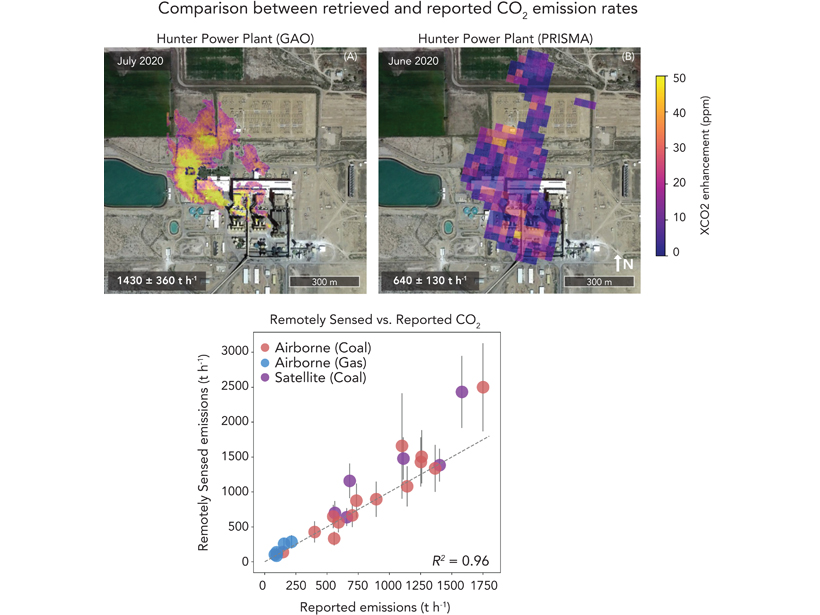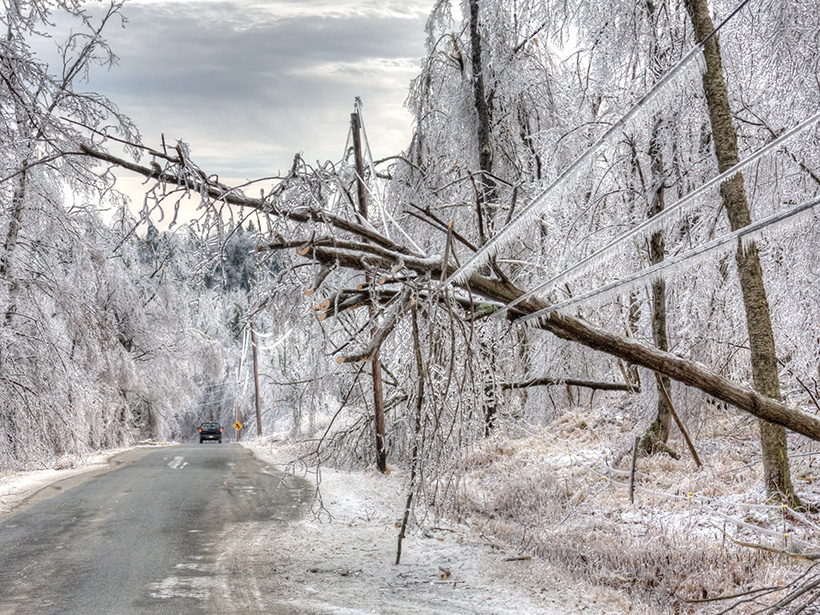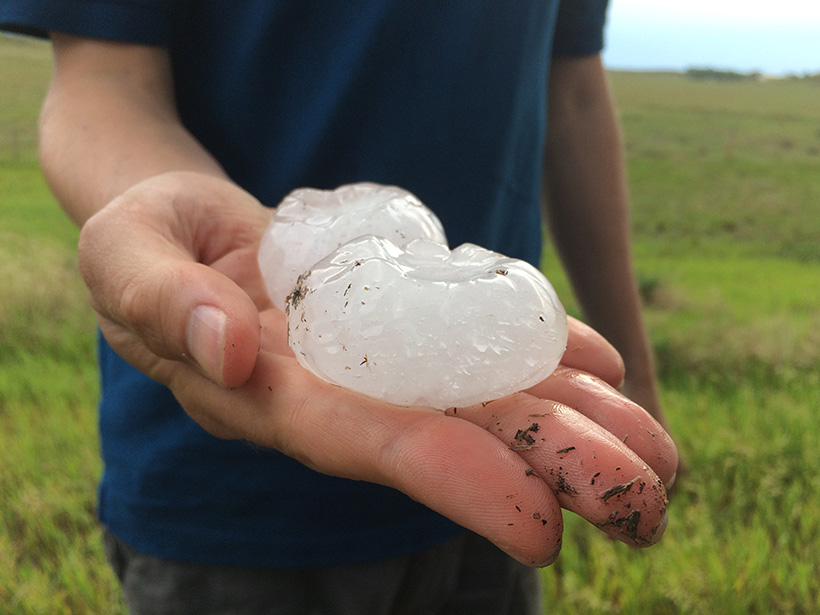The pioneering use of satellite-based synthetic aperture radar to characterize tropical cyclones in near-real time has provided a crucial new tool with which to forecast powerful storms.
everything atmospheric
Constraining Global Power Plant Emissions of Carbon Dioxide
Airborne and satellite imaging spectrometers provide accurate quantifying of CO2 emissions at the facility scale, which is important to emission budgets and policy constraints.
Fifteen Years of Radar Reveal Venus’s Most Basic Facts
Venus’s heavy atmosphere tugs the planet’s surface enough to change the length of its day by up to 21 minutes.
Earthquake Rupture Solution is Up in the Air
Perhaps the most complex earthquake rupture ever studied is further constrained by signals from Earth’s ionosphere.
Subimal Ghosh Receives 2020 Devendra Lal Memorial Medal
Subimal Ghosh was awarded the 2020 Devendra Lal Memorial Medal at the virtual AGU Fall Meeting in December. The medal is for “outstanding Earth and/or space sciences research by a scientist belonging to and working in a developing country.”
Scientists Hope Atmospheric Modeling Can Predict Meteotsunamis
The first extensively documented air pressure–driven meteotsunami on one of the Great Lakes presents an opportunity to use existing weather models to predict when these potentially deadly waves will strike.
Taking Flight to Study Clouds and Climate
A new mission involving synchronized aircraft observations is collecting data vital for improving our understanding of how aerosol particles and clouds influence each other.
Timing of Earth’s Oxygenation May Need a 100-Million-Year Revision
A new study revises estimates for when oxygen became a permanent part of the atmosphere and solves a puzzle about glaciation during the Paleoproterozoic era.
The Who, What, When, Where, and Why of the Polar Vortex
Here’s a rundown of what this atmospheric phenomenon really is and why it matters.
Severe Hailstorms Are Costly and Hard to Predict
Hail causes huge financial losses worldwide every year. But we still can’t predict when hail will strike. Climate scientists from around the world are teaming up to figure out how to change that.









